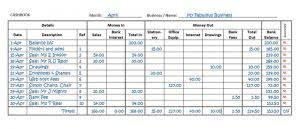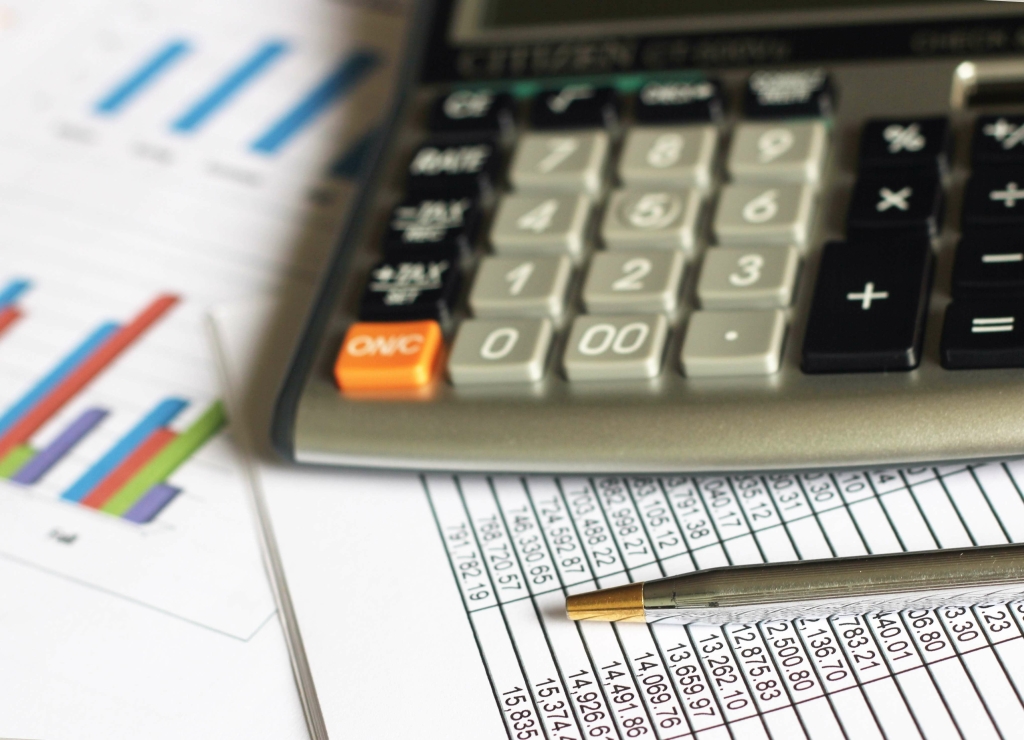
Taken together, these metrics can help you understand if your spending is sustainable, influencing decisions about your business’s operations and growth plans. Burn rate is a key financial concept especially useful for managers and investors in startups as well as established entities. It is a measure of monthly cash outlays that helps company founders and backers evaluate a business’s ability to keep going until it reaches profitability and generates positive cash flow. Having a net burn rate is not necessarily a bad thing, especially when a company is growing or when it arises from a temporary though severe crisis. Burn Rate refers to the rate at which a company depletes its cash pool in a loss-generating scenario.
How To Calculate Burn Rate (Burn Rate Formula)
Look for ways to optimize your supply chain, automate tasks where possible, and eliminate any redundancies. The answers to these questions should also take into account variable expenses like changes in raw materials pricing. And though it’s impossible to predict the future, some monetary cushion should be stockpiled for unexpected expenses. The relation between cash flows, net and gross burn can be visualized below. SmartAsset Advisors, LLC (“SmartAsset”), a wholly owned subsidiary of Financial Insight Technology, is registered with the U.S. We’ll show you exactly how to calculate burn rate in the following section.
Starting and Ending Cash

An important distinction is how the metric should account for only actual cash inflows/outflows and exclude any non-cash add-backs, i.e. a measurement of “real” cash flow. The burn rate of an early-stage company (i.e. start-up) is most often measured as part of analyzing its implied runway. You must also factor in whatever revenue the company may be generating if you want the net burn rate, however. If all things remain equal in our example business—meaning if sales or collections don’t decrease and expenses or other cash outputs don’t increase—this business has enough cash to sustain it for five months.
- If you’re a small business owner unfamiliar with the concept of burn rate and its implications, stay tuned as we explain how you can measure and assess this metric to help make informed business decisions.
- To calculate the cash runway, the only difference is that the total cash balance is divided by the monthly net burn.
- Evaluating this burn rate of nearly $6,000 per month, leadership can assess if it aligns with their growth plans and milestones.
- New companies with a low burn rate are more likely to gain traction and become profitable, thus yielding a return on any investments made in the business.
- As a result, the “Monthly Gross Burn” can just be linked to the “Total Monthly Cash Expenses”, ignoring the $625k made in sales each month.
- This is a constant process that is critical to ensuring the overall sustainability of your business.
How Do You Calculate Burn Rate?
Company A has prepared their cash runway fairly well, and was able to cope with a few unforeseen spikes in their burn rate during their first year. Sometimes, it’s easier for an outsider to take a dispassionate view of your business. You may be able to glean recommendations from people you already deal with, like business mentors and investors.
The Importance of Having a Startup Exit Strategy

In venture capital (VC), the burn rate metric measures the time an early-stage company, or start-up, has until its operations can no longer be sustained, creating the necessity to raise funding. Next, you need to estimate the number of months remaining before your projected positive cash balance or profitability. This is typically 12 to 24 months for early-stage startups, though it will vary from startup to startup. For a revenue-generating company, it may not be as easy to determine how to reduce expenses and improve burn rate. This requires a more in-depth understanding of metrics and KPIs across the company, from high-performing marketing campaigns to incurred research and development expenses. Gross burn rate is the total amount of cash spent each month, including all money spent on rent, marketing, salaries, and any other operating expenses incurred during the month.

It’s tempting to write off “burn rate” as cute startup jargon or a funny subplot on the television series Silicon Valley. But a correctly calculated burn rate is crucial for the responsible growth, planning, and success of a business. Often, companies spend on marketing in order to achieve growth in their user base or product use. However, start-ups are often constrained, in that they lack the resources to use paid advertising. As such, “growth hacking” is a term often used in start-ups to refer to a growth strategy that does not rely on costly advertising. One example is Airbnb engineers reconfiguring Craigslist in order to redirect traffic from Craigslist onto its own site.
Join our newsletter for the latest in SaaS
Many or all of the products featured here are from our partners who compensate us. This influences which products we write about and where and how the product appears on a page. See a detailed comparison between Baremetrics and Profitwell, what is the formula for determining burn rate including a breakdown of key differences and benefits. Evaluate how Baremetrics compares to ChartMogul in terms of features, usability, and value. Have an idea of how other SaaS companies are doing and see how your business stacks up.
What is a Good Cash Burn Rate?
For example, a company in its early stages probably shouldn’t be overspending on beautiful office space with a five-year lease. Therefore, having a lower burn rate is usually considered better for a company’s financial stability and bank account. This financial metric helps the management track cash flow and make necessary adjustments to control expenses and support profitability. Burn rate is used to describe how quickly a company is spending its cash reserves to cover overhead costs. It is also a measure of negative cash flow, usually expressed as the amount of cash spent per month.
- In contrast, the net burn rate formula is equal to the difference between the total monthly cash sales and total monthly cash expense of a startup.
- Presuming you spot it fast enough, a high burn rate due to factors like these can be a blessing in disguise, pointing you toward more effective replacements for needless expenses.
- Burn rate helps companies understand their cash outflows and how long their current capital will sustain operations.
- Sugar & Spice Bakery has a net burn rate of -$5,000, making them profitable for the month (profitable companies have a negative net burn rate because they’re bringing in more money than they’re spending).
- Burn rate refers to the rate at which a SaaS company depletes its cash pool over a given period.
- After that time, barring corrective action, the company will be out of business.
- This is especially important for startups, as running out of cash is one of the top reasons startups fail.
- You can calculate this during a specific month, or average out over a longer time period, like three months or one year.
- This may suggest that investors will need to more aggressively set deadlines to realize revenue, given a set amount of funding.
- A high burn rate suggests that a company is depleting its cash supply at a fast rate.
- Burn rate measures how fast a company is spending cash reserves to pay for operating expenses, including salaries, office space, marketing, and raw materials.
- Burn rate explains how quickly your business is using up its cash reserves.
- In addition, reducing costs can help a small business to better manage its cash flow, making it more resilient in the face of economic downturns and other challenges.
- This calculation is key to measuring sustainability and is especially helpful for start-ups when it comes to deciding when, where and how much to invest in your business.
Automated transaction imports and an expert bookkeeper on your side mean you can focus on running your business, not your bookkeeping. If your package includes tax filing, you’ll even have one-on-one access to small business advisors who can help you plan for the future. In this case, you divide your operating income https://www.bookstime.com/ (revenue minus operating expenses) by the amount of cash initially invested in the business. Alternatively, you can use your total cash at any point in time when looking for your burn rate over a specific period of time. The gross burn rate formula is simply equal to the total monthly cash expenses of the startup.

